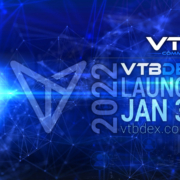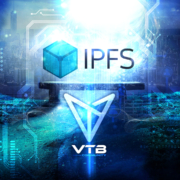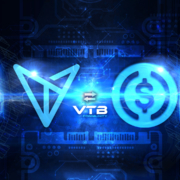VTB Blockchain and Democratic Policy
The VTB project has chosen to employ blockchain technology for various reasons. The challenge was to deliver transparency and auditability, only delivered by public blockchains. Therefore, since none of the current public blockchains met the Foundations criteria, the Foundation built a custom blockchain for all the project’s requirements that will come in stages. The custom blockchain is a layer-2 sidechain system, the information contained therein is neither auditable nor seen by anyone outside the community. Conflicting with the project’s core values of being transparent and democratic, the team had to find a method to reasonably go from sidechain and non-transparent to fully transparent and democratic. After investigating several options, reading other white papers, and learning from some icons in the industry, it can be achieved in steps. Designing a blockchain and releasing it “into the wild” takes courage, time, and countless trials before success is completed. Several key questions were asked, such as “How to protect the community and keep the project operational?”. Truth be known, most blockchains spend years in development. Finally, between an upgradable blockchain where nodes periodically report to public entities such as IPFS, the project’s core values achieved the first step: it would deliver transparency, auditability, and accountability. Following these phases, a Foundation was founded in Gibraltar to legally enforce identification requirements and accountability to the blockchain’s changes, upgrades, and operation during its infancy.
Ultimately, the Foundation is the technology owner and has a legal guardian who upholds and enforces this white paper’s advancement. Meaning that the Council Members of the Foundation are required by law to follow the rules. In this manner, no one can change the blockchain without the transparent vote of the Council and the approval of the Guardian. This is the first step in becoming a true democracy, which requires time and careful planning. Until then, the Foundation Councilors use legal tools and frameworks to protect the community and add new features and pivots as needed. The blockchain will be upgraded in a multi-signature pattern, and its keys will be held and executed by the Council members.
As the project increasingly moves towards decentralized democratic operations, the vote will be handed over to the community in some voting token or directly through the VTBC asset. This vision is still in its early conceptual phase. A consensus will also be reached as to the future of the VTB blockchain, whether it should become public for anyone to run a node or possibly connect it into an already existing blockchain consensus system, such as Polkadot.
As we move towards these subsequent phases, interested parties may connect to our various channels:
- VTBCommunity – vtbcommunity.org
- VTBDex – vtbdex.com

 VTBCommunity Foundation
VTBCommunity Foundation VTBCommunity Foundation
VTBCommunity Foundation VTBCommunity Foundation
VTBCommunity Foundation VTBCommunity Foundation
VTBCommunity Foundation VTBCommunity Foundation
VTBCommunity Foundation VTBCommunity Foundation
VTBCommunity Foundation VTBCommunity Foundation
VTBCommunity Foundation
 VTBCommunity Foundation
VTBCommunity Foundation
 VTBCommunity Foundation
VTBCommunity Foundation